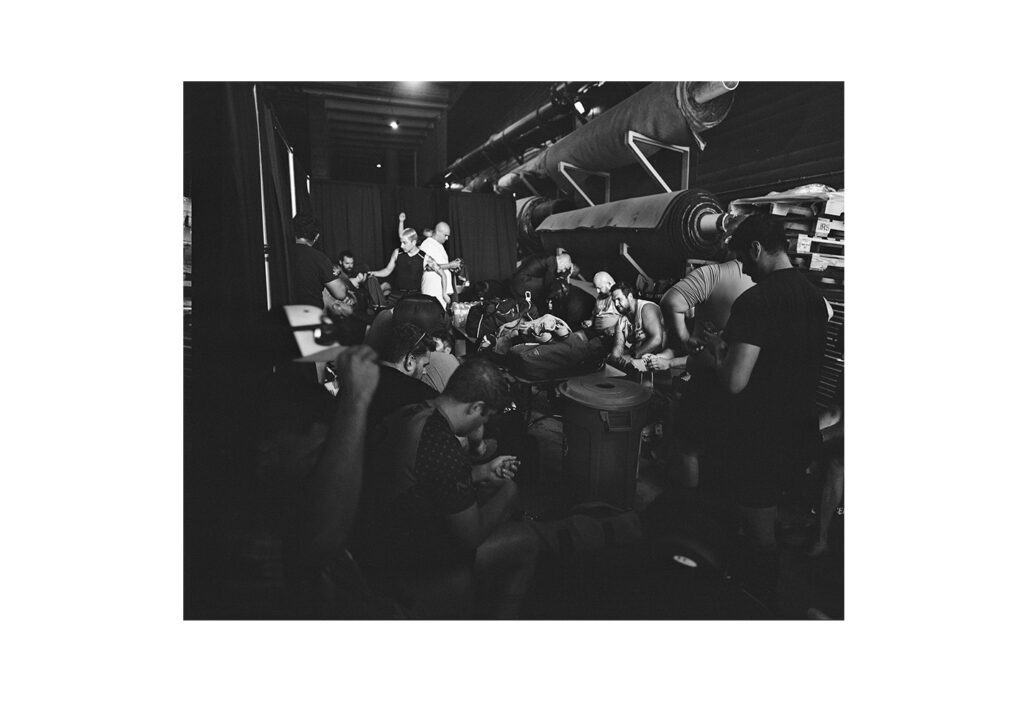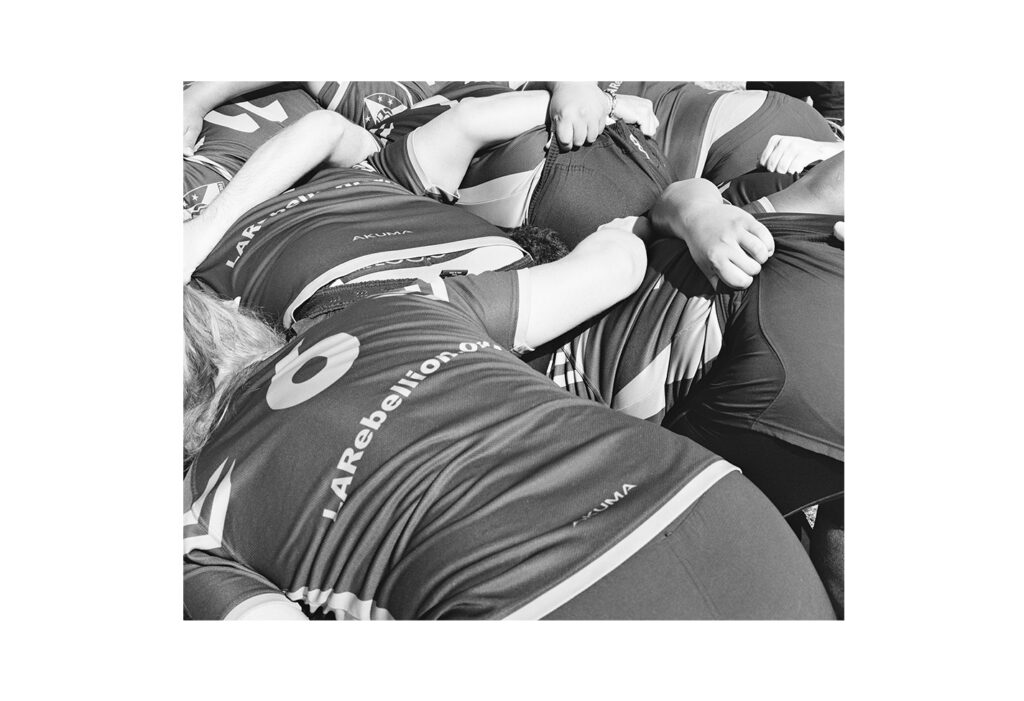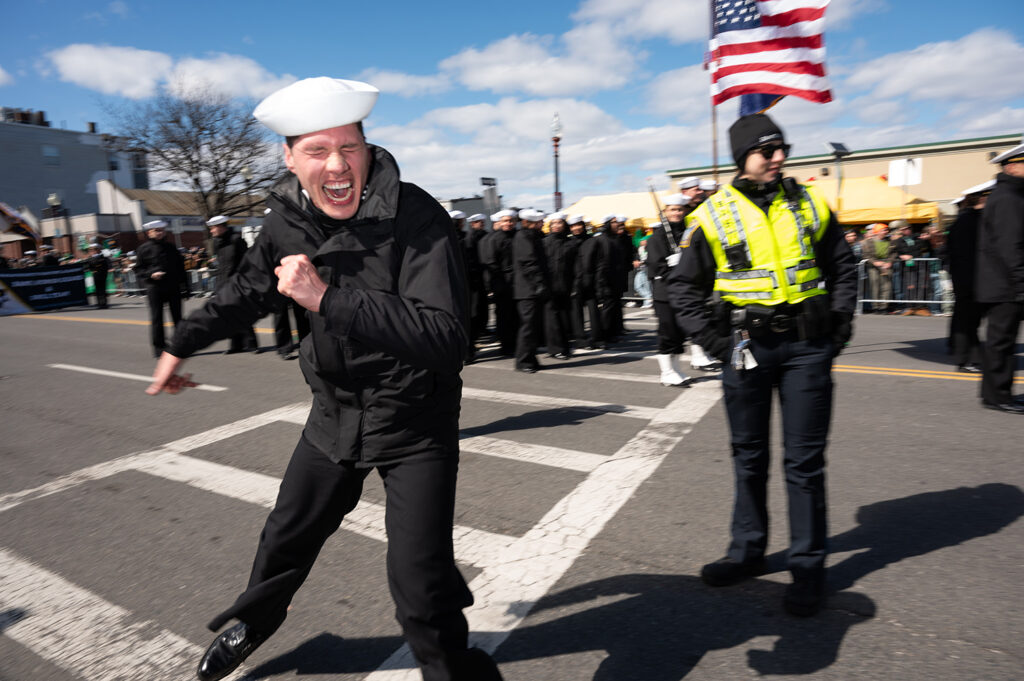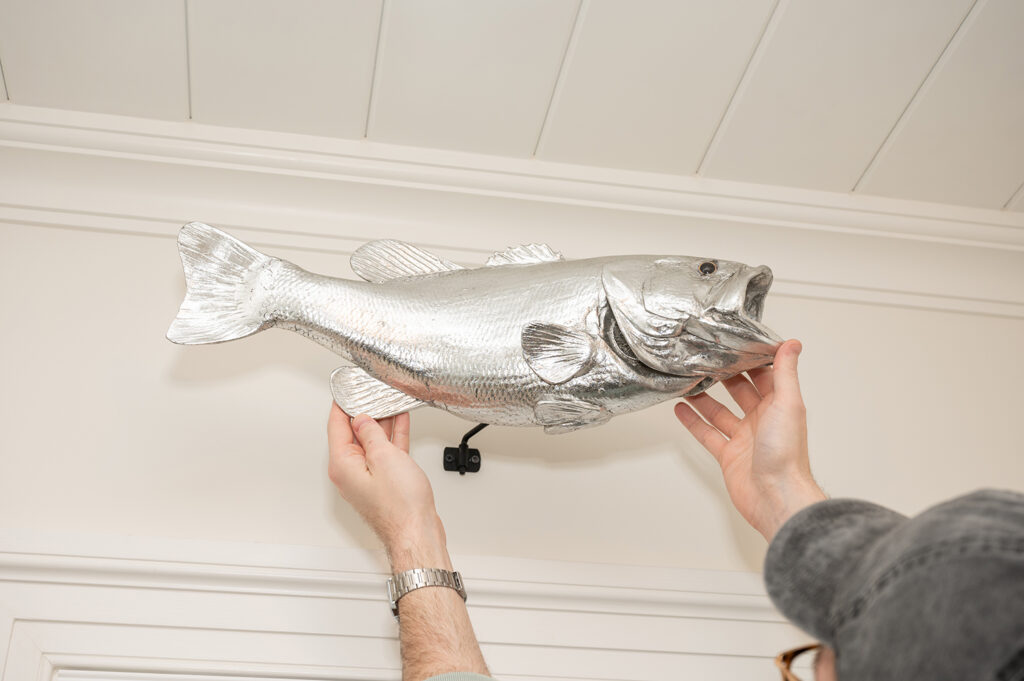Do It for the Boys, the first-ever solo exhibition by Nathan Bolton, is on view at the gallery from January 11 through February 10, 2024. This show is part of our Exhibition Proposal Series.
Can you tell us a little about yourself?

Hi! My name is Nathan Bolton, and I am a photographer currently living in Somerville, MA. I grew up in the Metro West Suburbs, but I recently moved back to the city after nine or so years in Los Angeles. My younger self’s urge to head west was sated by seeing how the Hollywood sausage is made and a growing layer of wildfire ash on the hood of my car.
What kind of art do you make?



I take (make if you’d like) photographs, a medium that appeals to me for a variety of reasons, but mainly its ability for universal and widespread communication without a need for an interpreter. The only other thing that achieves something similar, I think, is music, which was my main interest before being exposed to photography at school.
What concepts does your art explore?
I guess at the broadest end of things, most of my work is me attempting to deal with the feeling that I didn’t agree to any of this whole being alive thing – and by interfacing with it through a camera, I find I am better able to intake what is, in my opinion, a truly awesome amount of stimulus that enters our eyeballs every day. If asked to be more pointed, I would say that I am attempting to lend visual language and structure to the impact of history on American Culture and its Empire that we encounter every day.
In Do It for the Boys, you present images of the Los Angeles Rebellion, one of the United States’ four original Queer/Inclusive rugby teams, as they return for their twentieth season amid increasingly anti-LGBTQ+ rhetoric nationwide. Can you share a little bit about how you went about creating this work and how it fits with the rest of your photography?



I was a member of the Rebellion when I began attending ArtCenter in Pasadena, where I encountered a darkroom for the first time. For several years, I resisted taking pictures of the team, because photographing is consumptive in a lot of ways. These are my friends, and I wanted them to be portrayed with the same amount of reverence that I feel for them.
But with 2022 marking their 20th season, a return to the field after Covid, AND the team traveling to the Bingham Cup in the Summer (the gay rugby world series, basically), I knew that if I was going to make these pictures, it would have to be this year. Fortunately, as soon as it began, I injured myself and started to attend practice with a camera rather than cleats – wanting to make myself of some use to the team but also to prevent the stir craziness that crutches give to a person.
The project deals with common subjects in my work: people and their relationship to the planet, our culture, and the purpose that we assign to our time here. But it is also an attempt to create photographs that are not only deeply personal but also universally compelling. I’ve often felt that, because of its history, photography is expected to be used to capture things that are newsworthy and this is my rebuttal, in a way, my claim that all aspects of life are worthy of attention
Where do you make your work?
There isn’t a place I don’t photograph, I suppose, but in general I would say that most of my photos are made outdoors. This, I think, is one of the best parts of the medium: even if all of the pictures are lousy, I will still have gone for a walk. I am also deeply interested in landscapes, as I think a lot of American photographers are, and all the associated baggage that comes with humans and the planet.
You studied economics prior to studying art. How did you discover you wanted to become an artist?
The same things that interest me in my work, I think, interested me in economics: history, policy, culture. But, I found that often the tools and theories we discussed were used to explain shortcomings in our current economic structure rather than fixing them. This, plus discovering how little I liked debugging data sets and programs, led me to leave school and work for several years before enrolling at ArtCenter to study Advertising – which continues to be my day job.
You recently moved back to Massachusetts after living in California. Have either of those moves impacted your art?

Going back to landscape, I think that Southern California, its forms and especially its brilliance of light, shaped my photographic tastes. I’ve found myself pursuing similar qualities in the photos I make here, but East Coast light is so different, especially so much further north – more clear and piercing in a way – and at a more oblique angle to the planet, that the pictures can’t help but look different. And with the city having changed so much in the time I’ve been away, it’s been endlessly engaging attempting to parse it with the tools I’ve gained.
What are you working on now, and/or what do you plan to create next?




I’m working on a few projects at the moment. One is a longer-term diary sort of thing about my parents and my return home. Another, which I’ve taken to calling Senex Canis Idem Dolus (Old Dog Same Trick), is attempting to investigate the relationship between Harvard, MIT, and America’s ongoing efforts at gentrification at home and military hegemony abroad. At some point, I would also like to make a project about the Reading Railroad, but that is still a ways off.
What historical and contemporary artists inspire you?
I would say that I am operating in the tradition of American Documentary that has developed since (and before) Walker Evans and Dorthea Lange in the ’30s – but visually, I think most of my tastes I would attribute to works of people like Henry Wessel or Lee Friedlander later in the century, as well as Martin Parr and the whole wave of British color photographers in the ’80s. In terms of contemporary folks, I am a huge fan of An-My Lê, especially her Small Wars project, Tim Davis, Peter van Agtmael and his book Sorry for The War. Alec Soth is, of course, sort of a big one to everyone, I think. I could go on and on.
Is there anything else you would like to share?
If you’d like to keep up to date with what I’m up to, you can find me on Instagram @nathanrbolton and online at www.bolton.media. And, if you are interested in learning more about photos as “art,” the Boston Public Library has an excellent selection of new and old photo books available at their main branch and throughout the network – totally free!